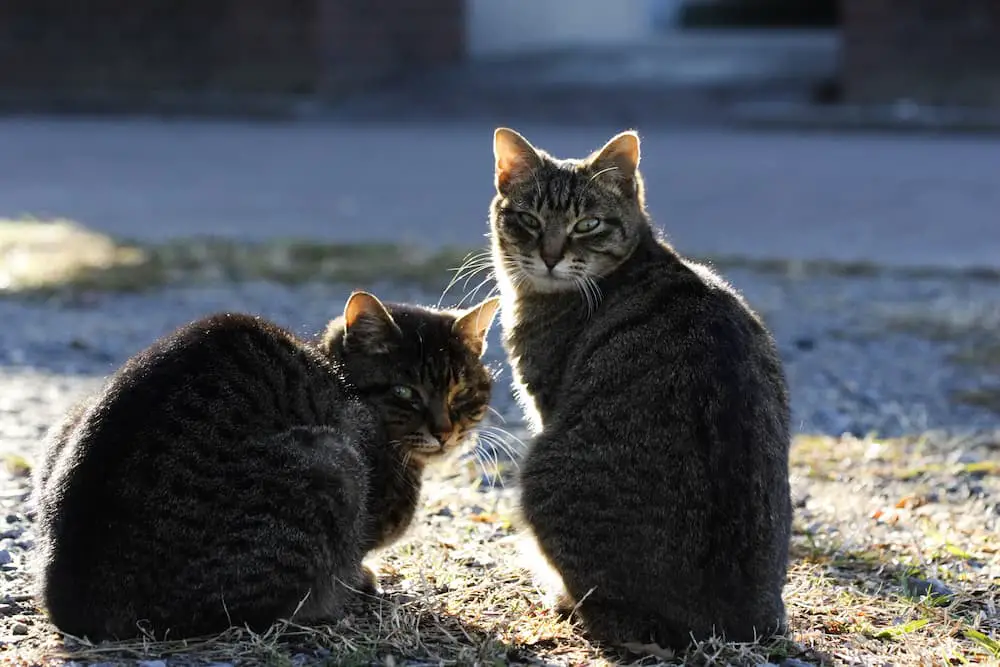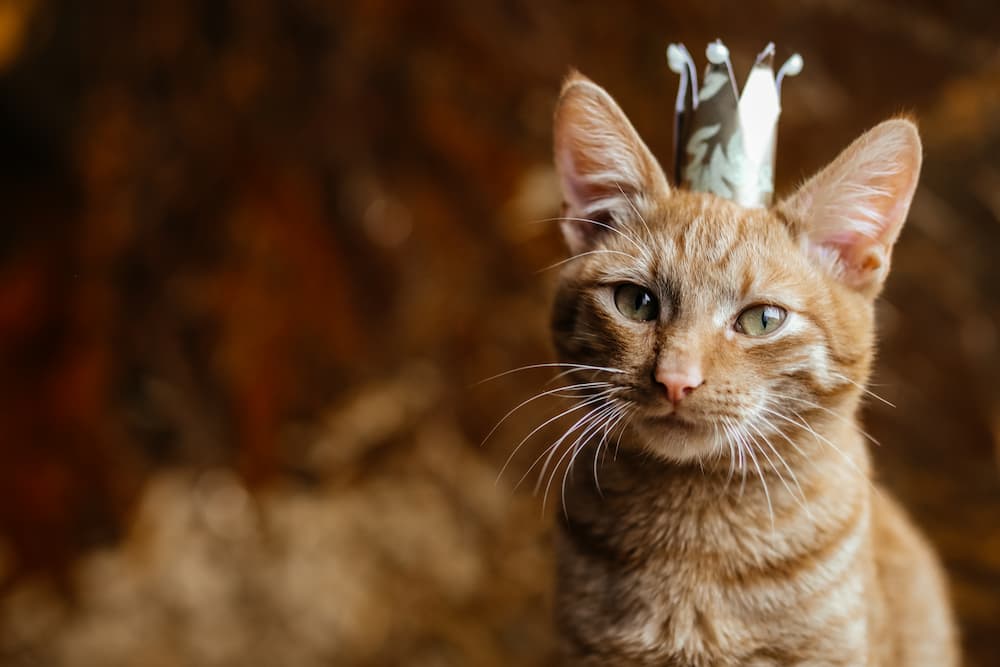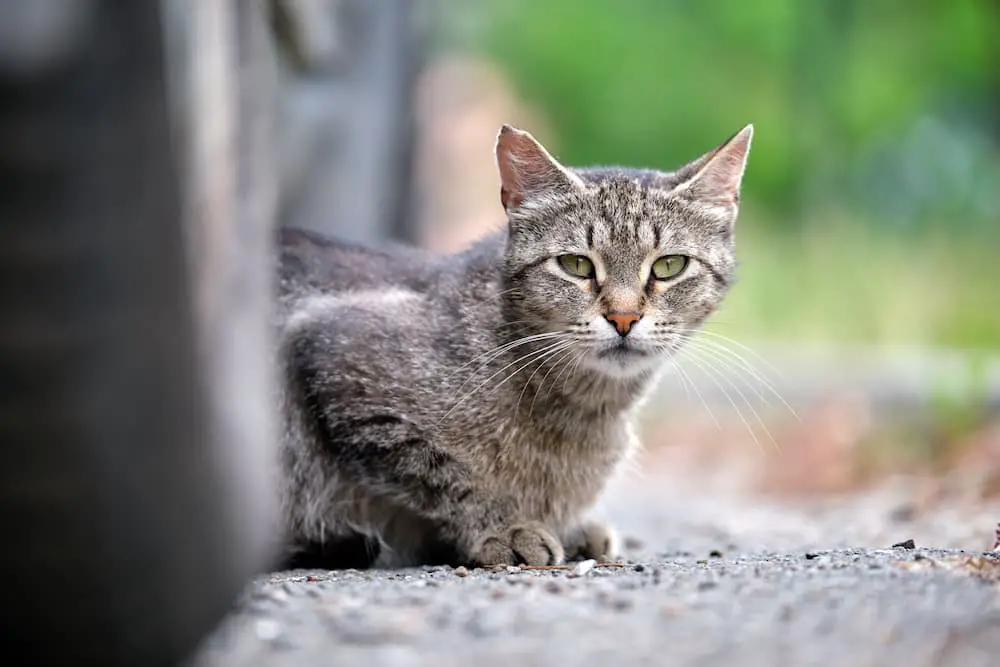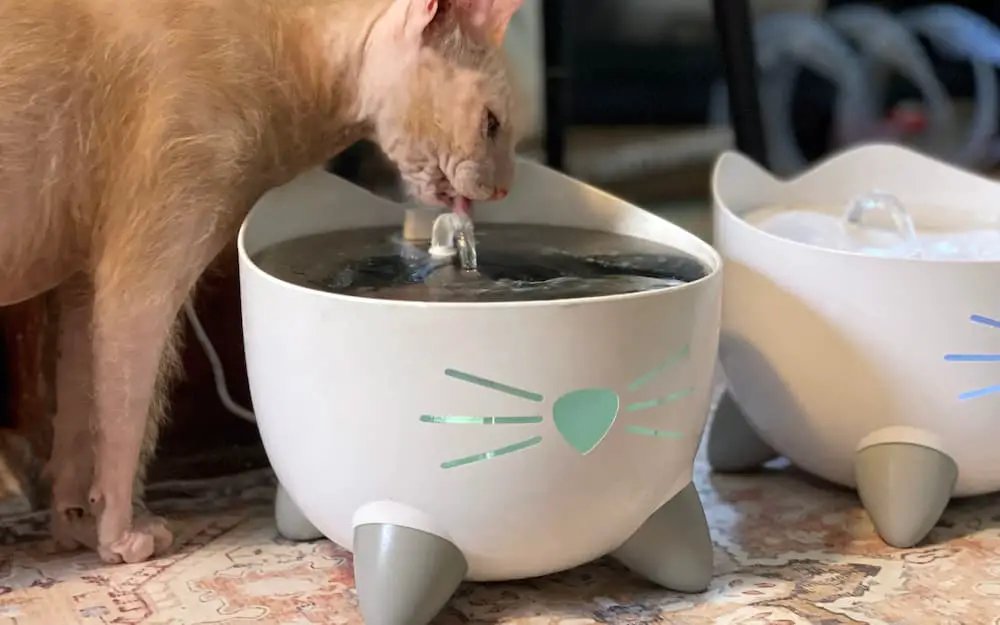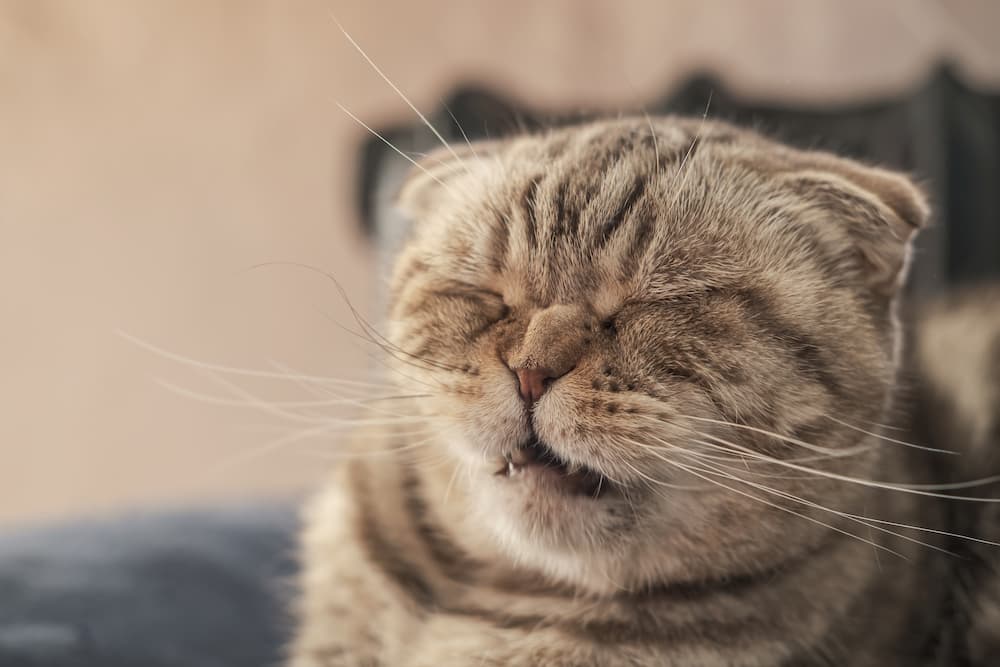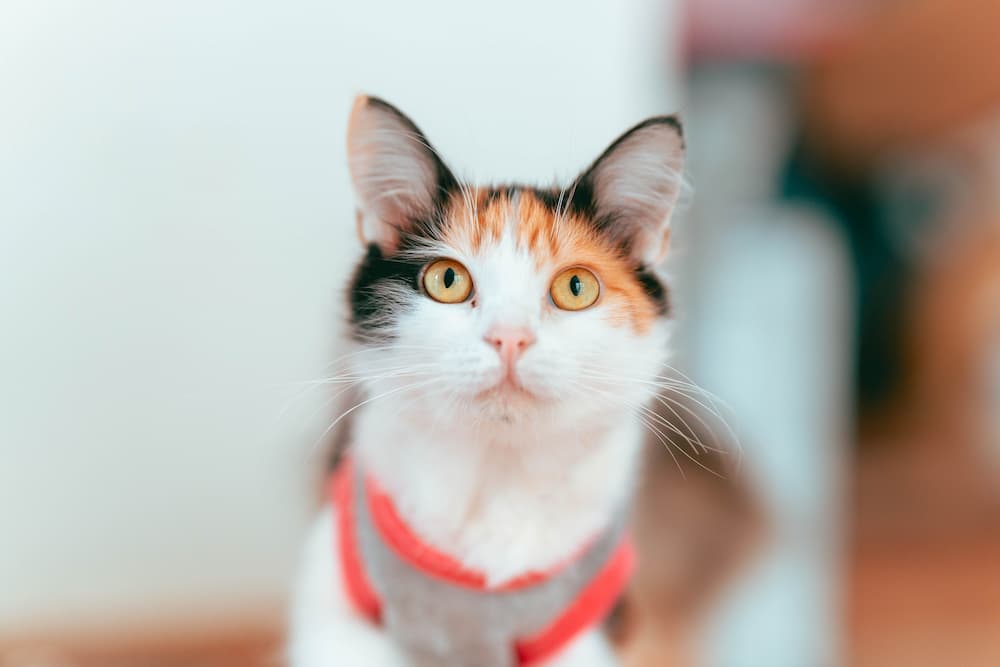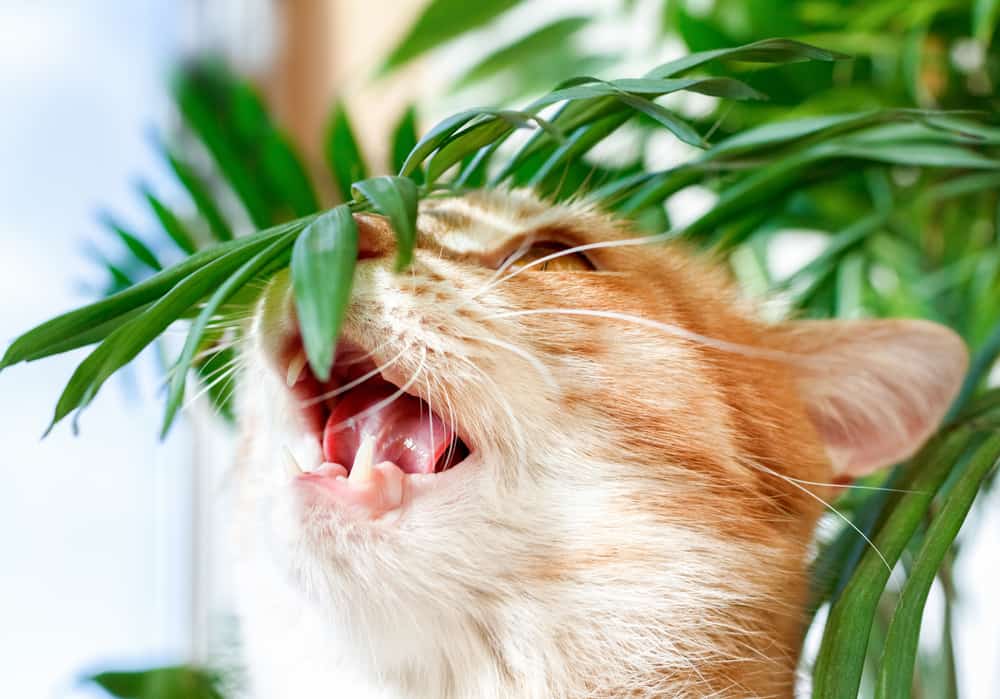
Cats make lovely companions at home and in life. Their energy significantly affects a person’s mood and instantly lightens up the room. However, since cats are known to explore with their mouths, they tend to have a habit of gnawing and chewing on things inside the room that they really shouldn’t.
Aside from their well-prepared food, they’ll happily get a taste of anything they come across, from the litter on the floor to the houseplant sitting idly in your living room. And while most plants are relatively safe for pets to chew on, there are also plants that pet owners should be careful of as they may cause varying degrees of harm to most pets.
Popular Houseplants That Are Toxic to Pets
Some popular houseplants such as philodendrons, snake plants, and peace lilies are harmful to both cats and dogs when ingested (more on that below). Ingesting plants has been found to be one of the leading causes of pet toxins, along with household cleaners, insecticides, and medicines.
This is why it’s important to distinguish which plants are safe to be kept at home with your pets and which should be avoided. In terms of safe alternatives, some house plants such as the spider plant, dwarf palm, and even a thimble cactus are safe for cats and dogs.
However, more popular houseplants such as philodendrons and peace lilies are known to have insoluble calcium oxalates that can cause oral irritation, pain, and intense burning of the mouth, tongue, and lips. It can also cause excessive drooling, vomiting, and difficulty swallowing in both dogs and cats.
The snake plant is also dangerous when ingested by your pets as it has a high presence of saponins which can cause your pet to become nauseous and experience vomiting and diarrhea.
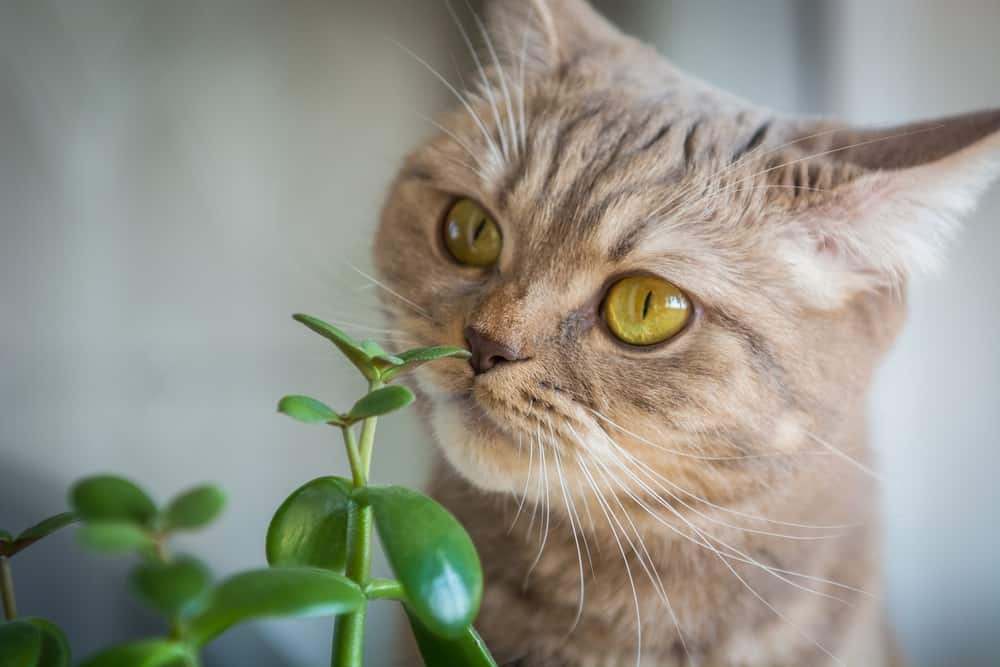
Another toxic houseplant that you may not know about is the jade plant (also known as the Japanese rubber plant or dwarf rubber plant). This succulent is popular because it thrives in low light. Still, unfortunately, for pet owners, this plant can cause vomiting, depression, and a loss of coordination for your loved pet if ingested.
If your pet is notorious for sniffing and biting things that they shouldn’t, refer to the infographic below from HomeCity to know which plants to avoid having inside your home. Or, at the very least, keep these popular plants away from your pets by putting them out of reach in hanging planters.


